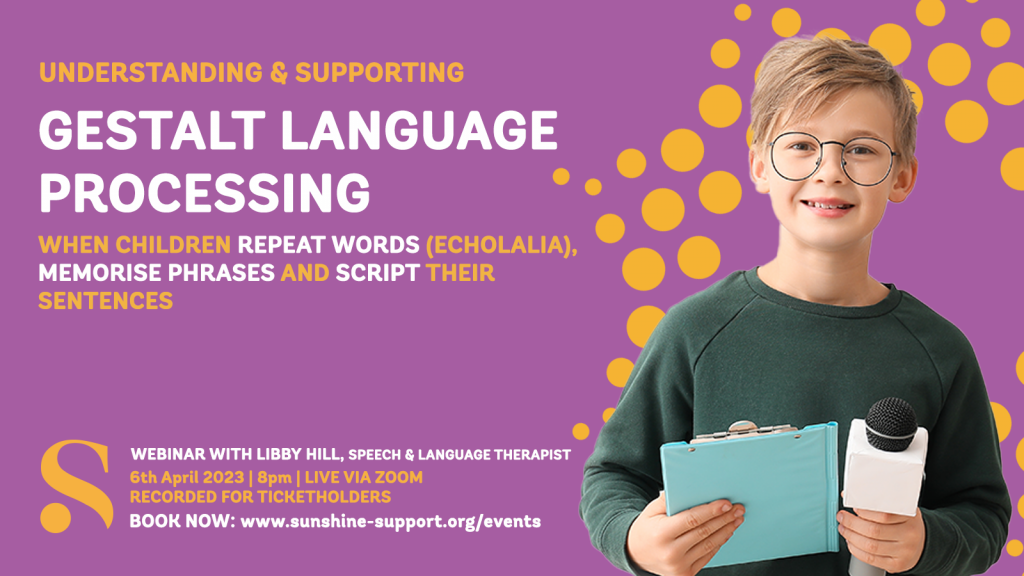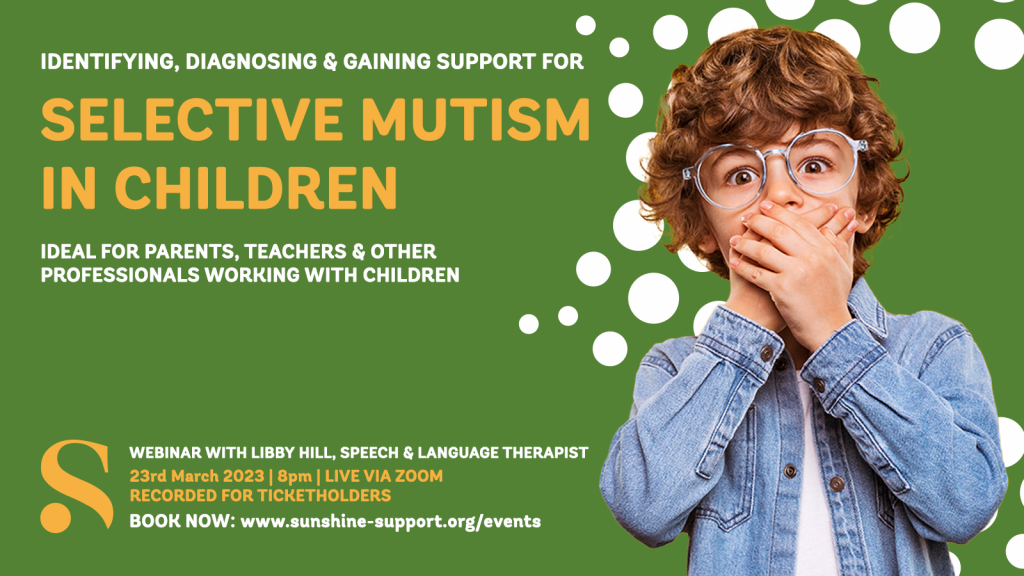Statistics tells us that boys are diagnosed with ADHD 3 to 4 times more often than girls are… We explore why this is and what we can do to support females with ADHD.
“When people think of ADHD, they often think of children who are ‘bouncing’ off the walls, can’t sit still and perhaps disruptive in class. Girls are more likely to have the inattentive type, this is where hyperactivity is sometimes internalized in the form of racing thoughts, or they may appear to be daydreaming and unable to maintain focus.” – Corrina Wood, Head of Family Support at Sunshine Support
Statistics tells us that boys are diagnosed with ADHD 3 to 4 times more often than girls are.
However, evidence actually points to the fact that girls are just as likely to have ADHD. Experts are now suggesting that boys are actually being over diagnosed with the condition and girls tend to be under-diagnosed.
Being misdiagnosed or not diagnosed at all can cause many issues later on in life and for girls it is a much larger problem as it is a bigger challenge to be noticed and diagnosed due to the misconceptions surrounding the neurological difference that is ADHD.
The Squeaky Wheel Gets the Grease…
Although there are variations and alternative beliefs on the different presentations of ADHD, typically there are considered to be three types.
- Hyperactive Type, which is more often seen in males and encompasses most of the stereotypical behaviours such as hyperactivity and impulsivity.
- Inattentive Type, which is more commonly seen in females and has symptoms of inner restlessness and poor focus.
- Combined Type, which encompasses both symptoms of hyperactivity and inattentiveness.
Unfortunately, the “one type fits all” approach does not work when diagnosing ADHD. The condition can present itself in many different ways and can be masked by other conditions. Personally, I think ADHD is more of a flexible condition, having experienced times where I have been more on the inattentive side and others on the hyperactive side. Although being identified by type can be beneficial in order to understand where your difficulties are, it does not mean you are limited to the symptoms within that type.
As Corrina says, girls are more likely to have inattentive type ADHD. Boys on the other hand tend to have the hyperactive type which means that they are more likely to be noticed at a young age as restlessness and hyperactivity can be disruptive in a classroom setting.
In other words, the squeaky wheel gets the grease… and girls with inattentive often type go unnoticed as they tend to be well-behaved and non-disruptive.
Stereotypes, Societal Pressures and Masking.
When we think of ADHD our minds are filled with stereotypes and miscomprehensions, and this is not surprising due to the sheer amount of misinformation scattered all over the place. It is easy to be drawn into believing that ADHD is just some sort of behavioural disorder that is mostly found in boys who have not received “proper discipline” and have a diet containing too much sugar.
These stereotypes play a large part in why the way ADHD presents itself in girls is so often misunderstood and wrongly diagnosed. Clinical biased can lead to girls being wrongly diagnosed with mental health conditions such as depression and social anxiety. Then later on in life, it is commonly seen that women are labelled with conditions such as borderline/unstable personality disorder by biased professionals who do not understand ADHD.
Societal pressures are another factor worth mentioning as we still very much live in a patriarchal society where girls and women are under constant pressure to act and be certain way. This can result in what is known as ‘masking’, where a person intentionally learns neurotypical behaviours and mimics them in social situations in order to hide the behaviours that are not seem as “normal” in order to be accepted. Studies have shown that even girls who have hyperactive type ADHD sometimes learn to mask and in turn they go unnoticed.
Getting support from those who understand…
Every other Wednesday we hold our online Cuppa and Chat, a chance to grab a cuppa (or a gin!) and talk with others who understand. Feel free to come along and bring any questions you need answering! (It’s free to attend, too!)
The Negative Impact of Being Undiagnosed.
It is never too late to recognise and to diagnose ADHD and any other mental health condition that can occur alongside the condition; however, as Corrina says, “If you address issues early on, then needs can be addressed and additional mental health issues can be avoided.” An early diagnosis can prevent significant problems with education, social and family situations, relationships, employment, self-esteem, and emotional well-being.
Pre-diagnosis can be an anxiety filled and overwhelming time, which is partly due to the fear of the unknown. Once a diagnosis is given, you can then accept it and deal with it, and things can start to fall into place. However, until a diagnosis is in place, needs cannot be met in a school environment.
Lifelong Impact and Trauma.
Trauma is a word that is often avoided for a number of reasons, but it should not be. For a child or an adult, being misunderstood although it might seem like a small thing can be extremely traumatic. Being misunderstood or just being different in general can make you feel extremely shameful.
The ignorance regarding the presentation of ADHD in girls is a serious problem that needs to be addressed in order to prevent traumas and a whole range of other life problems. Receiving the correct diagnosis at a young age should not be seen as a negative thing but a step in the right direction.
It is worth noting that the diagnosis itself is not about the label, it is about person understanding themselves so they can face it, address it and they can get their needs met.







